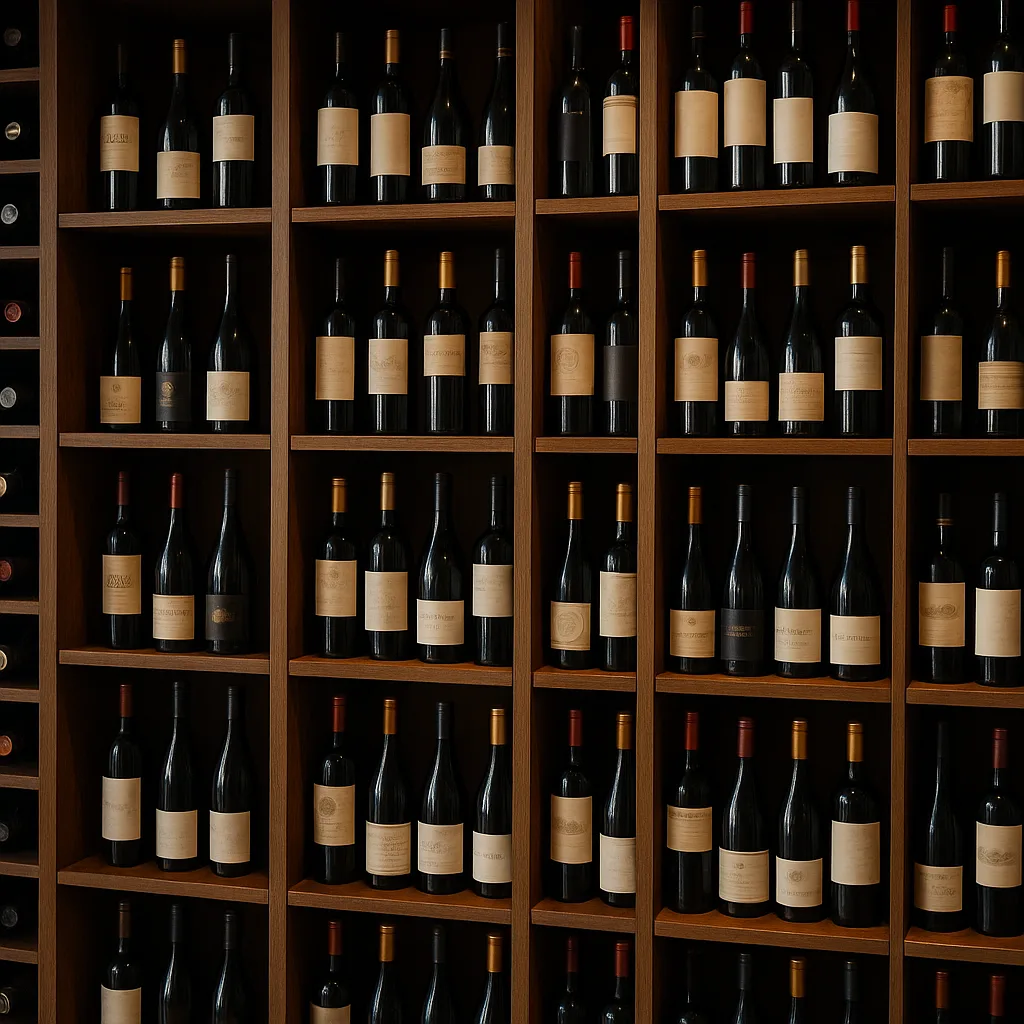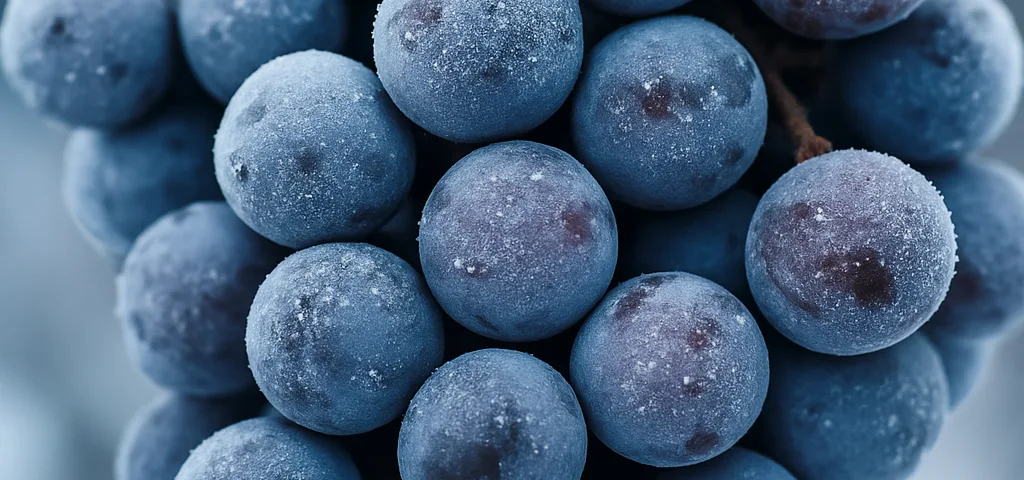
Grunge Music – What’s the Deal with Grunge Music?
July 13, 2025
What Is 7dak and Why Is Everyone Talking About It? Let’s Explore!
July 14, 2025Updated: July 2025
So you’re wondering what is ice wine? Imagine nature throwing a fancy frozen party for grapes and turning the result into the most luxurious, syrupy dessert wine you’ve ever tasted. Yep, that’s ice wine. Or ice wine. Or Eiswein. Or iced wine (though that one’s a bit of a poser). Buckle up we’re going deep into this chilly delicacy.
What Is Ice Wine?
Ice wine is a dessert drink made from frozen grapes. Not grapes thrown in a freezer. Grapes that chill out on the vine until the temperature drops to at least –8°C (17°F). When harvested and pressed while still frozen, they release only the sweetest, most concentrated juice. That juice? It becomes ice wine.
Think of it like the espresso of wines. Tiny yield, huge flavor. It’s intense, it’s rare, and it’s pure grape drama. Unlike most dessert wines, ice wine balances extreme sweetness with vibrant acidity, which keeps it from feeling heavy. One sip and you’re hit with layers of fruit, honey, and citrusy zing that make you want to cancel your dinner plans and just drink dessert.
Ice Wine Canada: Global Cold-Weather Royalty
When you talk about ice wine Canada, you’re talking about world domination. Though German ice wine (Eiswein) has the OG title, Canadian ice wine leads the pack in production and prestige. Especially Ontario. Brands like Inniskillin and Pillitteri have turned Niagara-on-the-Lake into the Napa Valley of icewine.
Canada’s frigid winters make it the perfect playground for frozen grape wine dreams. Unlike some regions where frost is a gamble, Canadian vintners can count on nature’s chill like clockwork. This reliability has helped Canadian icewine capture global attention, winning awards and praise for its consistency and richness.
Not only do Canadians make a lot of it they make it well. The thick ice-cold air in regions like Niagara and British Columbia helps grapes stay on the vine longer, allowing flavor to concentrate and sugars to rise. It’s basically nature’s slow-cooker recipe for luxury wine.
How Is Ice Wine Made?
Here’s the cool science. Literally. First, grapes are left to chill (literally) on the vine far beyond the usual harvest season. Instead of picking them in the fall like regular grapes, winemakers wait until winter bites.
At around –8°C (17°F), usually between December and February, the grapes freeze. Then comes the big rush: harvesters race into the fields, often before sunrise, bundled in five layers of wool to pick the grapes before they thaw. They’re then pressed immediately while still frozen. The water content stays solid, while the sugary nectar flows out as a rich, concentrated juice.
This liquid gold ferments slowly over months. The result is a tiny yield of intensely sweet but brightly acidic wine. One vine that could make an entire bottle of regular wine might only yield a few spoonfuls of juice for icewine. That’s part of what makes it so rare and valuable.
What does Ice Wine Taste Like?
Oh, it’s heaven in a glass.
Expect an explosion of luscious fruit flavors. Peach and apricot hit you first like someone mashed up a basket of ripe orchard fruit and handed it to you in a gold-rimmed glass. Mango, pineapple, and lychee often follow with a tropical twist, especially in white icewines made from Vidal or Riesling.
If you’re sipping a red ice wine, typically made from Cabernet Franc, brace yourself for a berry medley of raspberry, cherry, and plum, with subtle spice or even a hint of rose petals. It’s sweet, yes, but it never feels syrupy or cloying. That magic zing of acidity keeps everything bright and balanced.
It’s like biting into the juiciest fruit on a cold morning fresh, sweet, and unforgettable.
What are Ice Wine Brands you want to Know
Time to get fancy. The world of ice wine brands is small but mighty. Some names you’ll want to know:
Inniskillin – Canada’s rock star of ice wine. Their Vidal ice wine is an international benchmark.
Pillitteri Estates – Producing everything from Riesling to Shiraz-based icewines, they’re serious about frozen grapes.
Stratus – Known for pushing boundaries with bold varietals and blends.
Dr. Loosen – German Eiswein royalty. Think mineral elegance and delicate power.
Pelee Island – Sustainable and affordable, located on Canada’s southernmost wine region.
Ruppertsberger – For lovers of traditional German Riesling icewines, this is a go-to.
Each has its own style—so go ahead and try a few. Trust us: nobody regrets a side-by-side icewine tasting.

What Pairs With Ice Wine?
So, what is ice wine without a worthy partner? While it’s delightful solo, it really sings when paired with the right food.
Try it with bold cheeses: blue cheese, brie, or aged cheddar. The saltiness plays beautifully with the wine’s sweetness. For dessert, match it with crème brûlée, cheesecake, or lemon tarts. Chocolate lovers, rejoice: dark chocolate and raspberry truffles are a knockout.
For something more gourmet? Pair a Vidal icewine with foie gras and a Riesling-based one with smoked salmon or prosciutto. Or skip the food and let the wine shine. Ice wine is a moment on its own.
Ice wine Around the World
While Canada gets the icewine crown, it’s not alone.
Germany still produces stunning eiswein, though changing climate makes it less reliable. Their Riesling-based versions are often more floral and lighter-bodied.
Austria follows suit with crisp, organically grown grapes, yielding clean and refined bottles.
The U.S. joins in with production in the Finger Lakes (New York), Michigan, and parts of Washington state. Some opt for natural freezing, others use artificial chilling (making “iced wine”).
China is a rising force, especially in Liaoning Province, now home to some of the largest ice wine estates in the world.
Iced Wine vs Ice Wine: What’s the Deal?
Let’s settle it. True ice wine comes from grapes frozen naturally on the vine. Anything else? That’s iced wine.
Sure, iced wine can be tasty, but it’s not made under the same wintry magic. In most regions, only the real deal earns the “ice wine” label. Think of iced wine like store-bought cookies—they’re fine, but they’re not grandma’s warm batch from scratch.
Final Sip
If someone asks what ice wine is, just tell them it’s nature’s dessert made dramatic. A wine that refuses to be rushed. A drink that whispers, “Hey, you deserve this.”
From frosty vines to golden glasses, icewine is more than a trend it’s an experience. Whether you’re celebrating something big, impressing dinner guests, or just feeling fancy on a Tuesday night, ice wine delivers something rare, bold, and unforgettable.
So next time you want to toast something magical, you know what to pour.
Cheers to frozen grapes and good choices!




